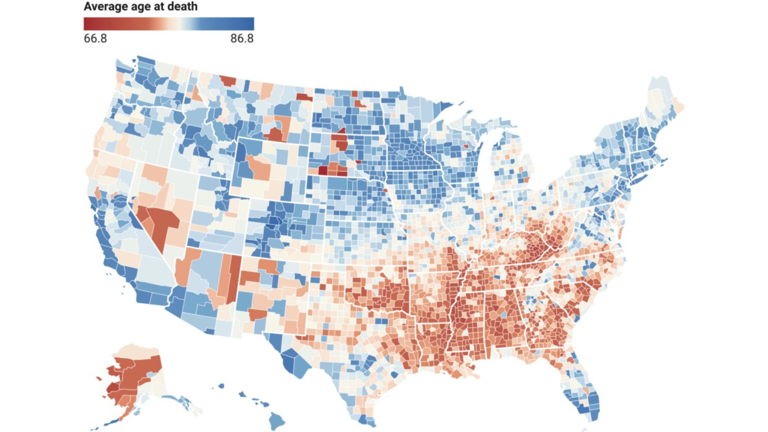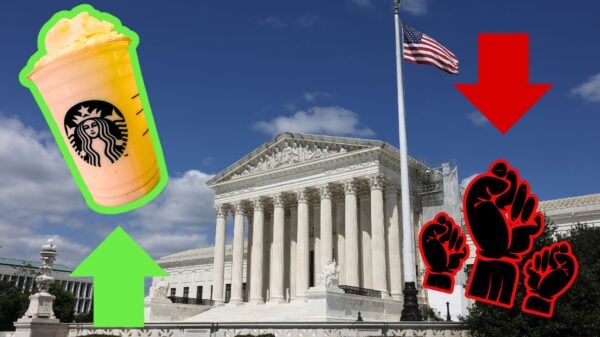The issue of declining life expectancy in the country has garnered increased focus in recent times, particularly during the pandemic, where the biggest decline since WWII was observed.
With the ongoing decline in life expectancy in the United States, a recent report reveals that Americans were at a disadvantage starting in the 1950s. Unfortunately, the situation has only worsened over time.
Furthermore, a recent American Journal of Public Health study highlights over 50 countries with better life expectancy rates than the U.S., and a few states within the U.S. may bear partial responsibility for this trend.
According to Dr. Steven Woolf, the author of the study and the Virginia Commonwealth University’s Center on Society and Health director, the issue of declining life expectancy is more extensive and longstanding than previously believed.
These findings provide a fresh outlook on life expectancy in the United States and offer valuable insights into the necessary steps to reverse this concerning trend, as noted by experts in the field.
In the earlier half of the 20th century, the United States experienced significant advancements in public health, including improved sanitation and the widespread adoption of vaccines, which led to notable increases in life expectancy.
The recent report illustrates the continuation of this upward trend in life expectancy until the 1950s when the United States held the 12th highest ranking globally. However, starting from 1955, the growth rate hit a decline, and in 1968, the United States dropped to the 29th position.
Woolf’s research reveals that the decline in life expectancy started far before what was previously believed, challenging previous assumptions held by many researchers in the field.
When questioned about the origins of this issue, Dr. Woolf explained, “We previously pointed to the 1980s as the starting point because we had not thoroughly examined historical data prior to that period.” He added, “The fact that a decline in life expectancy occurred during the 1950s raises intriguing questions about the factors influencing this shift during that time.”
According to the study, the growth rate of life expectancy experienced a rebound in 1974 but declined in 1983. The latest 2021 data provided by the CDC indicates that life expectancy in the U.S. has declined to around 76 years, marking the lowest point since 1996.
Dr. Woolf clarified that the study was based on estimates provided by the U.S. Mortality Database and the U.N. Population Division. This meant that there could be a few notable variations in terms of the exact rankings and any significant changes that occur year over year.
However, the overall message remains consistent, as emphasized by Michal Engelman. Engelman is a University of Wisconsin-Madisonn associate professor dealing in sociology. He noted that the timeline highlighted in the study demonstrates that life expectancy is heavily determined by a number of systemic factors, many of which extend beyond the health choices of individuals.
Engelman expressed that adopting a historical perspective reminds us that we do not have predetermined circumstances and that change is possible, suggesting that there is room for future improvement as time goes on.
The report reveals that since the 1950s, the pace of life expectancy growth has varied across different regions of the United States.
Dr. Woolf explains that western and northeastern states experienced the most rapid growth in life expectancy, whereas Midwestern and south-central states witnessed slower growth.
He highlights the significance of this grouping of states, stating, “These states have had a disproportionate impact on the low rankings of the country in terms of life expectancy.”
On the other hand, states such as Hawaii and New York have achieved life expectancies comparable to the world’s healthiest countries.
The findings of the study corroborate previous research that highlights the influence of policy decisions on our health and, consequently, life expectancy.
Michal Engelman affirms that factors affecting longevity and general health operate on various levels. She emphasizes, “The narrative surrounding our health extends well beyond elements we have the ability to individually manage or control.”



















